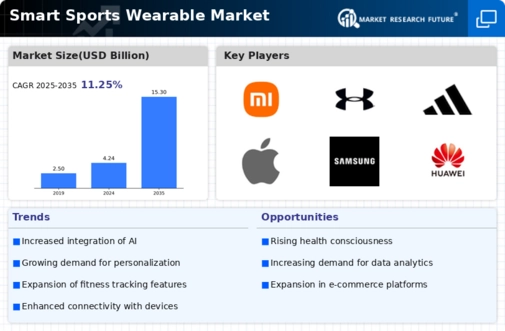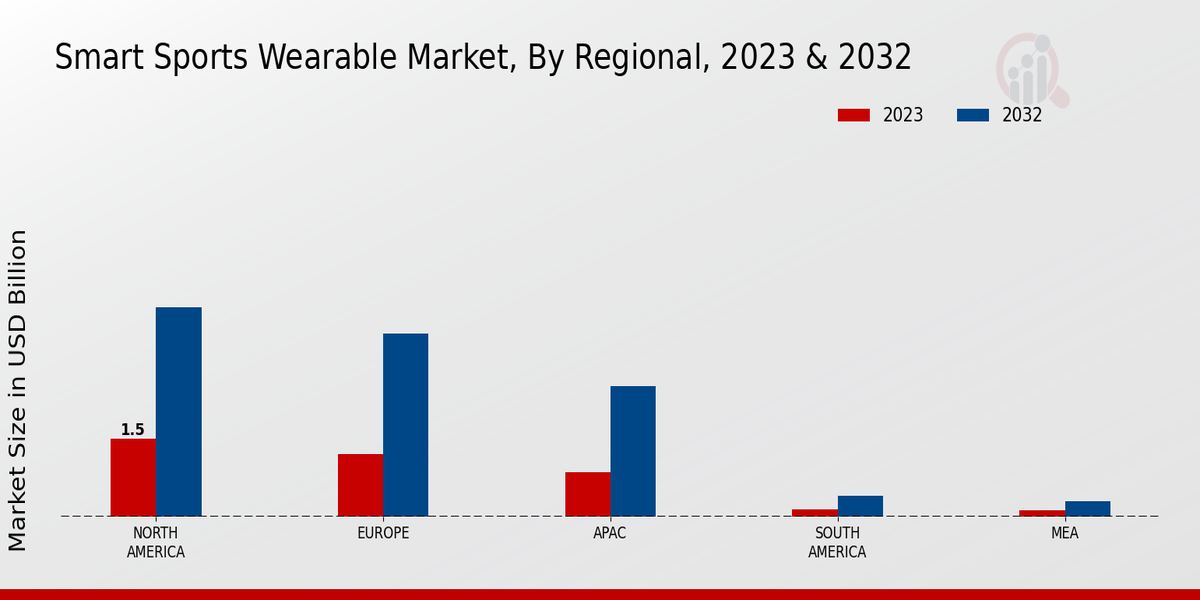The Smart Sports Wearable Market has seen significant growth driven by increasing health awareness, advancements in technology, and a rising preference for fitness-oriented lifestyles. The competitive landscape features a variety of players catering to the diverse needs of consumers who are looking for solutions that enhance athletic performance, monitor health metrics, and provide real-time feedback. Key market dynamics include innovation in product offerings, strategic partnerships, and the integration of artificial intelligence and data analytics into wearable devices.
As companies vie for market share, customer loyalty and brand differentiation become critical elements, with many firms focusing on personalization and enhanced user experience to gain a competitive edge.
Lumo Bodytech stands out in the Smart Sports Wearable Market with its focus on motion analysis and real-time biofeedback. The company's products are designed to improve users' posture, running form, and overall biomechanics, tapping into an emerging niche that appeals to athletes and fitness enthusiasts alike. With a robust technological foundation and a commitment to enhancing athletic performance through actionable insights, Lumo Bodytech has positioned itself as a leader in the wearable biomechanics sector.
The ability to integrate advanced sensors and machine learning into user-friendly applications gives Lumo Bodytech a competitive advantage in providing tailored solutions that cater to individual performance improvements. Their dedication to research and development is another key strength, enabling them to stay ahead of the competition and deliver innovative solutions that resonate with health-conscious consumers.
Xiaomi has made significant strides in the Smart Sports Wearable Market through its affordable yet feature-rich products that appeal to a broad audience. Known for its disruptive pricing strategy, Xiaomi offers sports wearables that integrate seamlessly with its ecosystem of smart devices, enhancing convenience and user engagement. With a strong emphasis on user experience and community engagement, Xiaomi has built a loyal customer base, particularly in markets where cost-effective solutions are highly sought after. The company’s ability to leverage cutting-edge technology while maintaining affordability allows it to compete vigorously against premium brands.
Furthermore, Xiaomi's extensive distribution channels and strong online presence amplify its market penetration, making it a formidable player in the landscape of smart sports wearables, where performance and accessibility are increasingly important to consumers.















